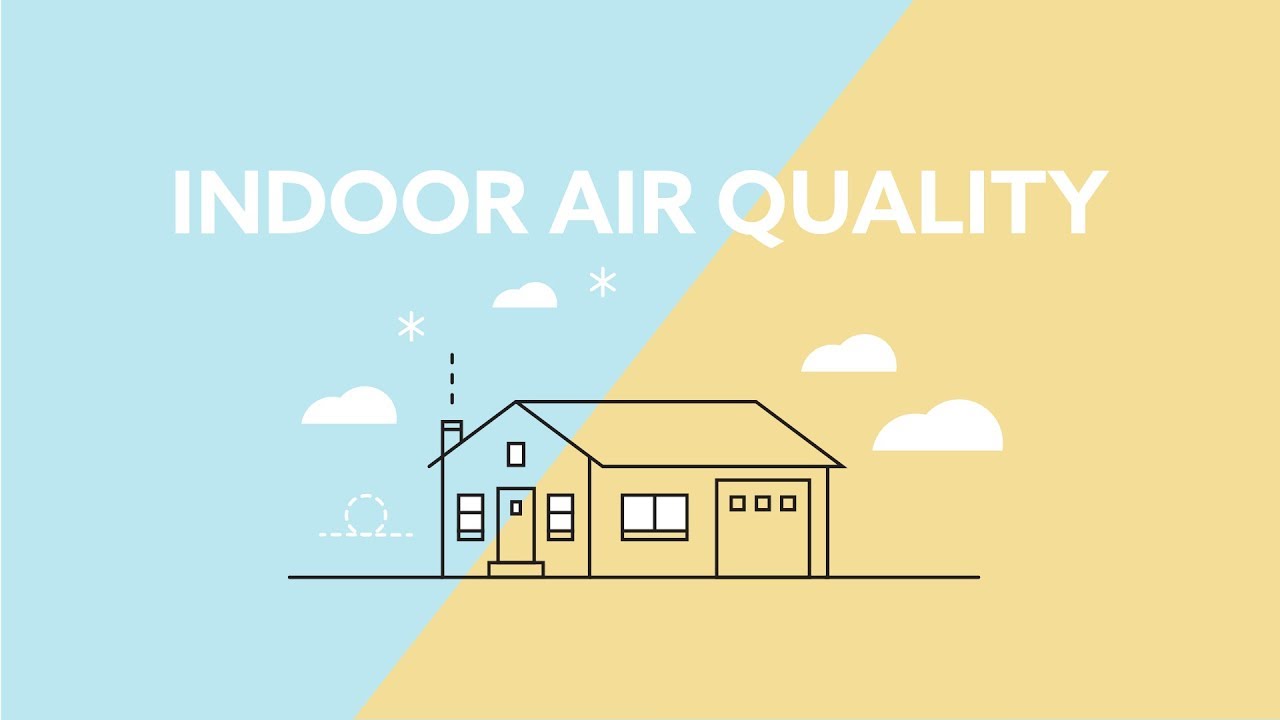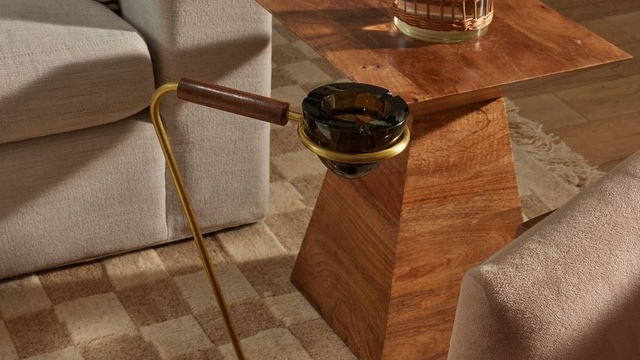Having a large family home offers ample space and comfort, but it can also lead to high energy bills and increased maintenance needs. With multiple occupants and varying appliance, heating, and cooling schedules, utility costs and upkeep can quickly escalate. However, strategic adjustments can significantly reduce energy waste, lower bills, and create a more sustainable living environment.
In this blog let's explore practical methods for enhancing energy efficiency, maintaining a healthy home, and ensuring comfort, including vital AC repair considerations.
Begin with a Comprehensive Energy Audit
Before making any changes, understand your home's energy consumption patterns and identify maintenance needs. A thorough energy audit is the foundation for effective energy savings. It allows you to pinpoint areas where your home is losing energy and where maintenance is crucial. What you can do is:
Inspect for drafts: Feel around windows, doors, and electrical outlets for cold or warm air leaks. Use a lit incense stick or a candle to detect air movement.
Temperature inconsistencies: Note rooms that are consistently hotter or colder than others. This indicates insulation or HVAC issues.
Potential problem areas: Check for gaps in weather stripping, cracks in caulking, and visible insulation damage.
Maintenance concerns: Look for water stains on ceilings or walls (indicating leaks), damaged roofing shingles, signs of mold or mildew, and any plumbing leaks.
Thermal imaging: Professionals use infrared cameras to detect hidden air leaks and insulation deficiencies.
Blower door tests: These tests measure air leakage rates in your home, providing precise data for sealing recommendations.
Comprehensive report: A professional audit delivers a detailed report with prioritized recommendations for energy-saving improvements and maintenance tasks.
Home maintenance checklist: A professional can also provide a thorough home maintenance checklist, detailing the current state of your building, and recommended future maintenance.
Improve Insulation and Seal Air Leaks for Optimal Temperature Control
Proper insulation and sealing air leaks are crucial for maintaining consistent indoor temperatures and preventing structural damage. Preventing hot or cold air from leaking in or out of your home is vital to energy efficiency. All you have to do is:
Insulate attics, walls, and floors to minimize heat loss/gain:
1. Attic insulation is particularly important, as heat rises. Use fiberglass batts, blown-in cellulose, or spray foam insulation.
2. Wall insulation can be added during renovations or by blowing insulation into existing wall cavities.
3. Floor insulation is essential for homes with crawl spaces or basements.
4. Replace worn weather stripping and apply fresh caulking around window and door frames.
5. Use foam backer rod for larger gaps before applying caulk.
6. Heavy drapes or blackout curtains can block sunlight in the summer and retain heat in the winter.
7. Consider thermal drapes with a reflective backing for maximum efficiency.
AC Repair: Boosting Energy Efficiency and Comfort
Routine air conditioning maintenance by expert home maintenance and AC repair professionals can significantly improve performance and prevent costly repairs. Here are key steps to keep your cooling system running efficiently:
Inspect and clean evaporator and condenser coils: Dust and dirt buildup can reduce heat exchange efficiency, causing the AC to work harder.
Address refrigerant leaks promptly: Low refrigerant levels force the compressor to overwork, leading to energy waste and potential damage.
Check and seal ductwork: Leaky air ducts can cause conditioned air to escape, reducing efficiency and increasing utility bills.
Schedule annual professional maintenance: A licensed HVAC technician can inspect components, check refrigerant levels, and ensure proper system performance.
Use programmable thermostats and zone cooling: Zoned HVAC systems allow precise temperature control in different areas, reducing energy waste in unoccupied spaces.
By following these home maintenance best practices, you can enhance comfort, extend the lifespan of your heating and cooling system, and achieve better energy efficiency in your large family home.
Transition to Energy-Efficient LED Lighting
You can replace incandescent bulbs with LEDs for significant energy savings. You can use LED bulbs as:
1. LED bulbs use up to 75% less energy than incandescent bulbs and last much longer.
2. Choose LED bulbs with the appropriate color temperature for your needs.
3. Install motion-sensor lights and dimmer switches to minimize unnecessary usage
4. Motion-sensor lights are ideal for hallways, closets, and outdoor areas.
5. Dimmer switches allow you to adjust brightness and save energy.
Use Smart Home Technology for Automated Energy Management
Implement smart thermostats, plugs, and lighting systems for remote and automated control:
1. Smart thermostats learn your schedule and adjust temperatures accordingly.
2. Smart plugs allow you to control appliances remotely and schedule on/off times.
3. Smart lighting systems can be controlled via smartphone or voice commands.
4. Smart home systems provide detailed energy usage reports, allowing you to identify areas for improvement.
Minimize Phantom Energy Loss
Unplug idle appliances and use power strips as many appliances consume energy even when turned off. Moreover, you must use power strips with surge protection and turn them off when not in use.
Enable energy-saving modes on devices. Computers, televisions, and other devices have energy-saving modes that reduce power consumption.
Consider Solar Energy for Long-Term Savings
Install solar panels for renewable energy generation. Solar panels convert sunlight into electricity, reducing your reliance on the grid. Consider a professional solar panel installation.
Explore battery storage systems for backup power. Battery storage systems allow you to store excess solar energy for use during power outages or at night.
Reduce Hot Water Consumption
Use low-flow showerheads and faucets as low-flow fixtures reduce water consumption without sacrificing pressure.
Washing clothes in cold water saves energy and is often sufficient for cleaning.
Repair leaks promptly as even small leaks can waste significant amounts of water and energy.
Adopt Energy-Conscious Daily Habits
1. Turn off lights and appliances when not in use. Make it a habit to turn off lights and appliances when leaving a room.
2. Maximize natural light and open curtains and blinds during the day to reduce the need for artificial lighting.
3. Run full loads in dishwashers and washing machines. Avoid running partial loads, as this wastes water and energy.
4. Air-drying clothes saves energy and is gentler on fabrics.
Home Maintenance: Protecting Your Investment and Enhancing Efficiency
Regular home maintenance not only preserves your property's value but also contributes to energy efficiency and a healthy living environment.
Roof Inspection and Repair: Regular inspection prevents leaks that lead to water damage and insulation compromise.
Gutter Cleaning: Clean gutters prevent water damage to the foundation and walls, and prevent water from ingress into the house.
Plumbing Maintenance: Fix leaks to prevent water waste and mold growth.
Foundation Checks: Prevents costly repairs.
HVAC Maintenance: Regular AC and heating service maximizes efficiency and lifespan.
Window and Door Maintenance: Proper seals and functioning hardware will reduce drafts.
Home Improvement: Practical Steps for Energy Savings and Maintenance
Upgrade Insulation: Improve attic, wall, and floor insulation.
Lighting Improvements: Switch to LED bulbs and install dimmers/motion sensors.
Smart Home Technology: Integrate smart plugs and thermostats.
Solar Power Installation: Invest in solar panels and battery storage.
Wrapping Up
Boosting energy efficiency and maintaining comfort in your large family home requires a combination of smart upgrades, regular maintenance, and mindful daily habits. By conducting an energy audit, sealing air leaks, improving insulation, optimizing your HVAC system, and using smart home technology, you can significantly reduce energy consumption and lower utility bills. Additionally, adopting energy-efficient lighting, minimizing phantom energy loss, considering renewable energy options like solar panels, and maintaining essential home systems will help create a comfortable and sustainable living environment.
With these strategies in place, you can enjoy a well-maintained, energy-efficient home that benefits both your family and the environment.





